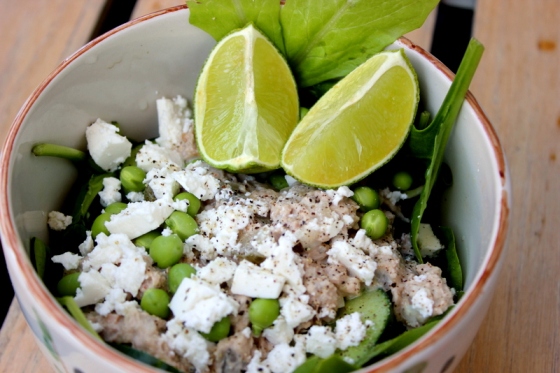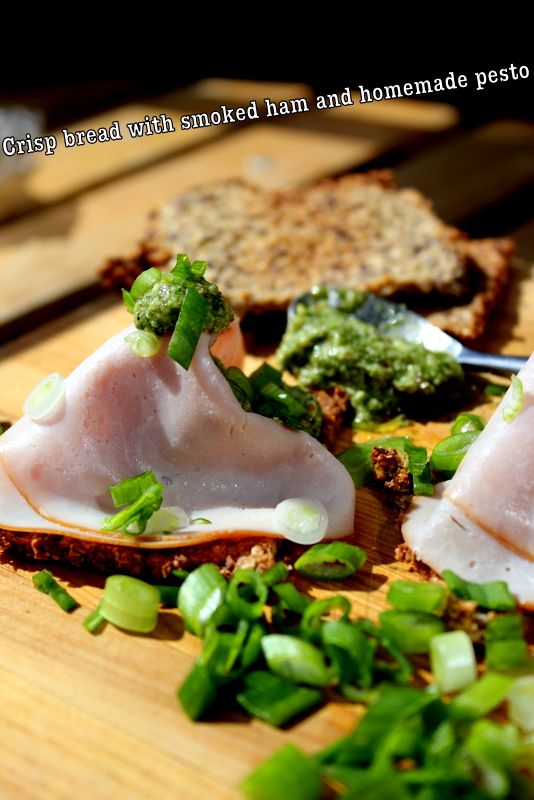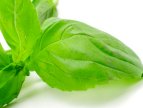Summer is here and here in Denmark we are experiencing one of those very rare heat waves (which means it’s above 25 °C for 3 days in a row). Denmark and Danes are not very well equipped for too much heat, and the temperatures don’t need to rise above 20 °C before people start complaining about it being too hot.
When the weather is like this I always have a hard time figuring out what I want to eat: everything just seems too heavy and cooking also feels like too much work. Which is where fresh summer salads come in! I love tuna sandwiches, but a tuna and spinach salad with fresh garden peas and feta seemed like a very good alternative to the classic sandwich option.
This recipe is easy, cheap and diet friendly, and if you are serving your meal to non-dieters you can just switch out the spinach leaves with some Ciabatta bread or a baguette.
Ingredients:
- 1 can tuna
- 2 tablespoons low-fat sour cream
- 1 teaspoon mayonnaise
- 1/2 lime
- 10 fresh garden peas (peeled)
- 3 tablespoons low-fat feta cheese (I use 3%)
- 2 handfuls fresh spinach
- 1/2 finely chopped onion
- Salt
- Pepper
- 1 teaspoon Dijon mustard
- 1 teaspoon capers (optional)
- 1/2 teaspoon Siracha (optional)
Mix canned tuna with low-fat sour cream, mayonnaise, juice of half a lime, 1/2 finely chopped onion, Dijon mustard, capers, Siracha, salt and pepper. Mix well and taste. Add more salt, pepper or lemon juice if needed.
Wash spinach and place in a bowl. Top with garden peas and low fat feta cheese. Add as much tuna as you like and garnish with lime wedges and black pepper.
Enjoy!
FOOD FACT: TUNA
T una is very high in omega-3 essential fatty acids, which means it is a great option for lowering triglyceride levels as well as controlling blood pressure. Eating tuna may also help lower your risk for stroke, heart disease, cancer, eye disease as well as help fight depression.
una is very high in omega-3 essential fatty acids, which means it is a great option for lowering triglyceride levels as well as controlling blood pressure. Eating tuna may also help lower your risk for stroke, heart disease, cancer, eye disease as well as help fight depression.
Women who consume more than five servings of baked or broiled fish a week have the lowest risk of heart failure. via. Healthyeating.sfgate.com




















